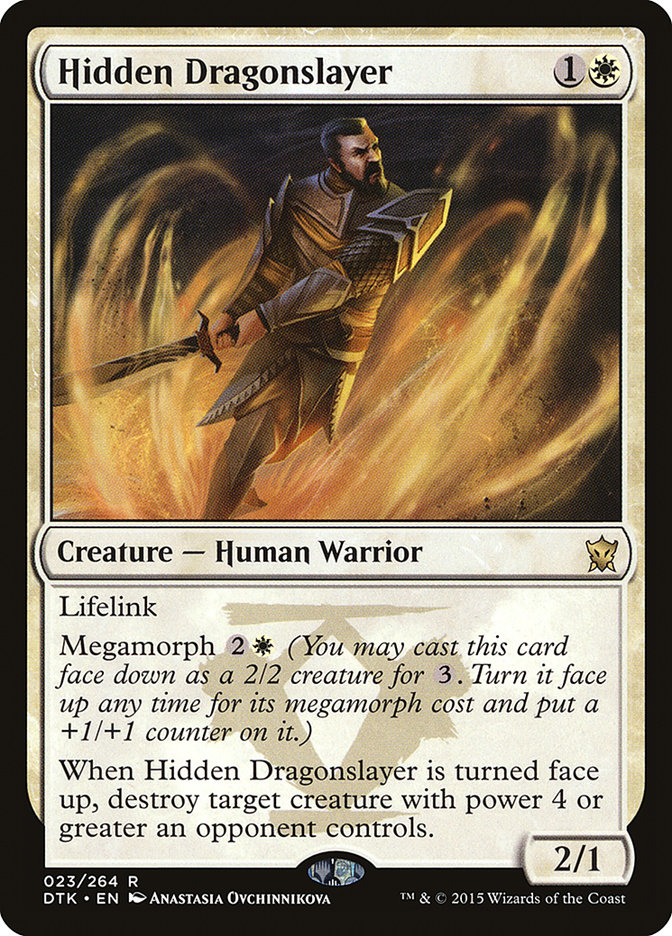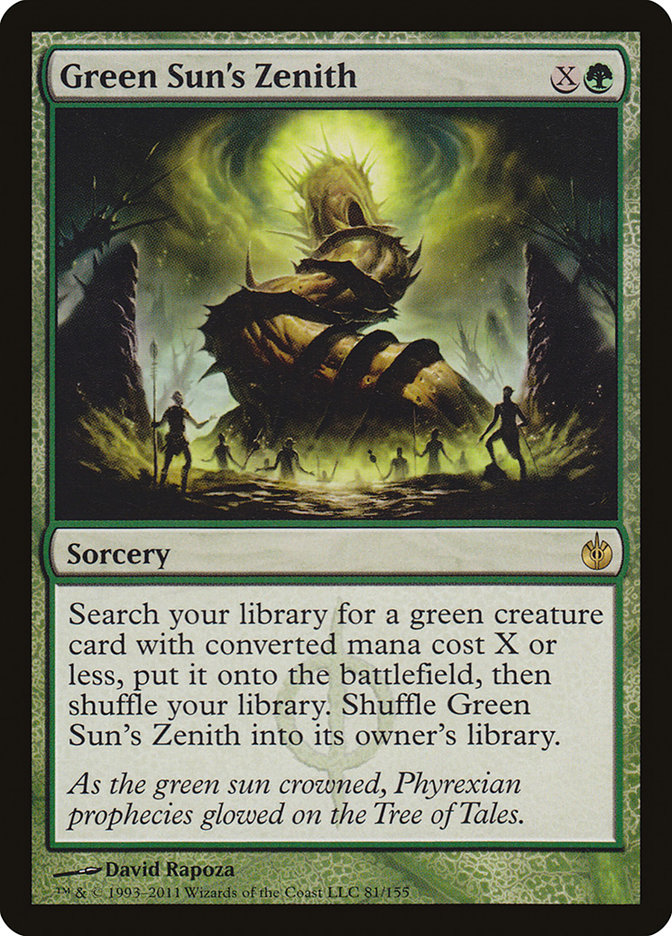Let’s begin with the Bant Megamorph decklist that I’d like to play at #SCGKC
1.5 Lumbering Falls
1.5 Prairie Stream
4.5 Forest
3.5 Plains
3.5 Wooded Foothills
0.5 Yavimaya Coast
1.5 Stratus Dancer
3.5 Deathmist Raptor
2.5 Wingmate Roc
2.5 Silkwrap
1 Dispel
0.5 Stasis Snare
Sideboard
2 Dispel
1.5 Valorous Stance
1.5 Arashin Cleric
0.5 Negate
What if you Could Play with a Fraction of a Card?
Seriously though, if I could register a deck with these numbers, I would. It’s rare that the frequency that I want to draw any particular card is exactly a
whole number like it is in reality. For simplicity’s sake, let’s say if I have three copies of a card in a 60-card deck, it’s exactly a 1/20 or 5% chance
to draw it per draw step. Sometimes I want 4% or 6% but have to deal with the real-world deckbuilding constraint.
Before #SCGPHILLY, I laid out Bant Megamorph in front of Brad Nelson and started to describe how many copies of each card we should play. He wanted “three
or four” or this and “maybe one” of that. I began talking in decimals and as odd as the concept was, it made perfect sense to him. Talking about a decklist
in terms of fractions helps put into perspective how much you want the effect of each card in your deck.
Let’s look at Hidden Dragonslayer for a moment. It serves a similar function to Valorous Stance in Abzan matchups and is a cheap, life-gaining creature
against aggressive red decks, much like Arashin Cleric. Hidden Dragonslayer serves as a split card between the two that ultimately leaves a sideboard that
I’m comfortable with.
I play Piracy Charm and Green Sun’s Zenith in Legacy Infect,
and it’s not easy to explain why I play those cards. The reason is that both cards have a bunch of small effects that I feel make each worthy of a one-of
inclusion. I want slightly higher numbers of various effects but can’t exactly play half of another pump spell or Ponder. Piracy Charm is another blue card
for Force of Will while sometimes being a removal spell, pump spell, or evasion spell. I don’t want to commit a whole slot to any of those, which is why I
have Piracy Charm as my pet card that fills all of those roles a little bit. Green Sun’s Zenith puts my Glistener Elf and Noble Hierarch counts to about
4.5 each, which is kinda where I want it to be. Also, I couldn’t find room for another shuffle effect after the second Crop Rotation got cut and wanted
something to get a fresh look after a Brainstorm or Sylvan Library activation.
The decklist above uses half-a-card but often I have more precise numbers in my head like 0.8 Crop Rotations or 3.1 Dazes. In general, I round down
anything that is .7 or below and round up my .8s and .9s. After playing a deck for a long time, I get a feel for what the right numbers are. By recently
taking the time to write down how many cards I would play in fractions if I could, I get a better idea of where I can shore up holes in design with a
versatile, but lower power level card when necessary.
One question that I like to ask people is: If you could play more than four of this card, how many would you play? If the number is really high, like eight
or ten or more, then it’s probably fine to play weaker versions of that card, like say Lightning Bolt versus Chain Lightning. If you have a four-of in your
deck and aren’t sure if you’d want more than four of that card you want to ask yourself: Is exactly four the correct number? I asked myself that with cards
like Deathmist Raptor and Gideon, Ally of Zendikar in Bant Megamorph, which left me with the confidence to shave one of each in past tournaments.
It’s impossible to play with fractions of a card in real life, but it may not be outside the realm of possibility digitally. Hearthstone takes advantage of
their digital-only platform to create random effects like drawing a card randomly from a different card pool with something like Ysera for those familiar.
Magic Online aims to recreate paper Magic as best as possible, but there’s no denying that Momir Vig is a popular format that greatly utilizes the digital
platform. I haven’t worked out details and there are significant problems (like searching your library for half a card) so maybe card fractions are best
for theorizing rather than for actual deckbuilding and playing. Nonetheless, something to think about.
What if “One Mana of any Color” was Simplified?
G
Creature – Bird
Flying
Tap: Add P to your mana pool
0/1
P is for Prism mana. It could be G for gold or R for rainbow or a made up color altogether. It doesn’t really matter what it’s called. Prism mana would be
mana that could be used as any color to pay for spells and abilities.
Physically keeping track of what colors of mana Manamorphose or Lion’s Eye Diamond creates is a burdensome task that could be avoided. It does give a
player the opportunity to mess up, which I suppose makes Magic more skill-intensive in that respect, but feel-bads aren’t what we want in our game. Prism
mana basically delays the choice of mana color until it’s used.
There has recently been rumors of “colorless mana matters” being a part of Oath of the Gatewatch, which has rekindled my interest in an old
concept that I had of “prism mana matters”. People have long wondered if a sixth type of mana would ever be implemented and after twenty years of
speculation, we’ve yet to see purple mana in a set. We have seen innovative ways of slipping in other mana types though. Easier mana has been used with
Phyrexian mana and hybrid mana. Snow mana from Coldsnap was an example of creating activated abilities that require a new mana type. Prism mana
could be utilized in similar fashion, all while cleaning up existing templating.
Let’s look at a sample card.
Golden Rootwalla
3G
Creature – Lizard
Trample
1P: Golden Rootwalla gets +3/+3 until end of turn. Use this ability only once per turn.
3/3
A serviceable card in Limited without access to Prism mana, but gets better when you do. Golden Rootwalla is not unlike Goblin Rimerunner from Coldsnap.
Would we want our iconic Black Lotus or City of Brass to receive errata to make Prism mana? There would likely be an uproar among traditionalists. Maybe if
a set was built around the concept and people slowly became adjusted to Prism mana, then people wouldn’t mind a large-scale retroactive change. Still,
cards like Spirit Link and Exalted Angel never got changed when lifelink became a keyword, so maybe it’s best to leave the older cards as they are. What do
you think?
What if we Didn’t Have to Discard in Cleanup Because of 8+ Cards?
So it’s game 1 you’ve kept a two-land hand that’s perfect if you hit your third land by turn 3. You don’t, and now you have to start discarding due to
hand-size. Thoughts of conceding go through your head and you weigh the chances of you crawling back into the game over showing your opponent what you’re
playing. You decide to play on and “move to discard” while perhaps murmuring something about your poor luck. You take about fifteen seconds deciding which
card you won’t need if you hypothetically draw out of the hole. Next turn you miss on land again and the process repeats.
Discarding due to hand size due to mana complications has always been salt in the wound in an already bad situation.
Some players use the cleanup step to their advantage. Manaless Dredge is the biggest offender. Manaless Dredge is a rare
deck that chooses to draw first as opposed to playing first in order to get that eighth card to discard. From there, it uses dredge cards like Golgari
Grave-Troll to get more cards into their graveyard, all without ever playing a land or actual spell.
Discarding down to seven was supposed to be a way to balance players from hoarding too many resources, not as a resource itself. Other concepts are to fuel
the graveyard for delve or threshold or to get a big creature in there for a Reanimate. Decks around those concepts will suffer, but I don’t believe that
Richard Garfield’s original design had such concepts in mind.
Some cards would get better, some worse or even useless. Still, I believe the change to be better for the game in the long-term while not shaking things up
negatively.
Better
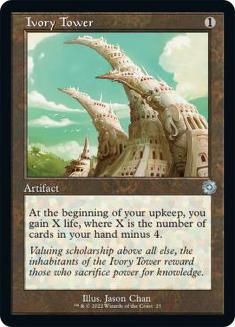
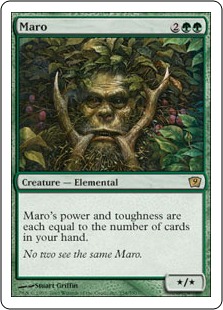
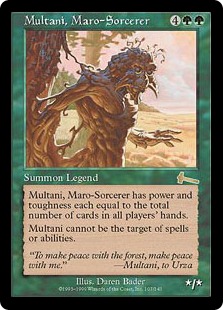


Worse/Useless
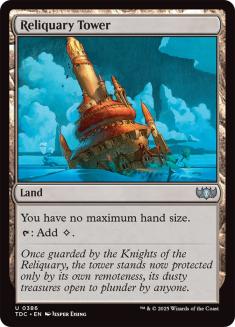
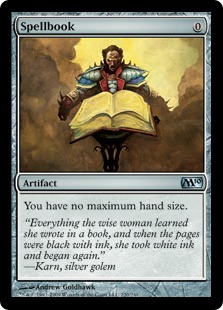
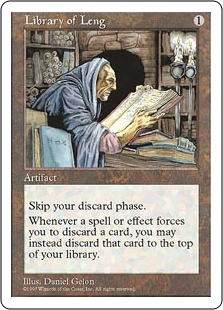

Overall, removing the rule of discarding down to seven in cleanup would reduce the feel-bads and the game delay of choosing what to discard. It’s a big
change that would come up in very small amounts, but the times it does would have a more simple and less abrasive outcome. The power levels of some cards
change, but that’s just a drop in the bucket for possibly cleaner gameplay.
Conclusion
Magic is a hard game to design. With tens of thousands of cards in print, it’s hard to not overlap. For sure mistakes have been made in the past, and it’s
tough to pump out fresh concepts that work in Standard without disrupting the Eternal formats. For example, Treasure Cruise is a fine card in Limited and
Standard, but outrageous in Modern, Legacy, and Vintage. We all want powerful cards in new sets, but they always come with a cost.
It’s very rare that people like big rules changes. Some things can be changed, like how we’ve adjusted the mulligan rule to its current, most fair state.
Mana burn leaving was met with some initial opposition but is now accepted as good. Combat damage not going onto the stack was a huge pill to swallow, but
also ultimately was regarded as for the better. The question remains what other steps can we make to improve our game?
If there’s one change you could make to Magic, what would it be?

